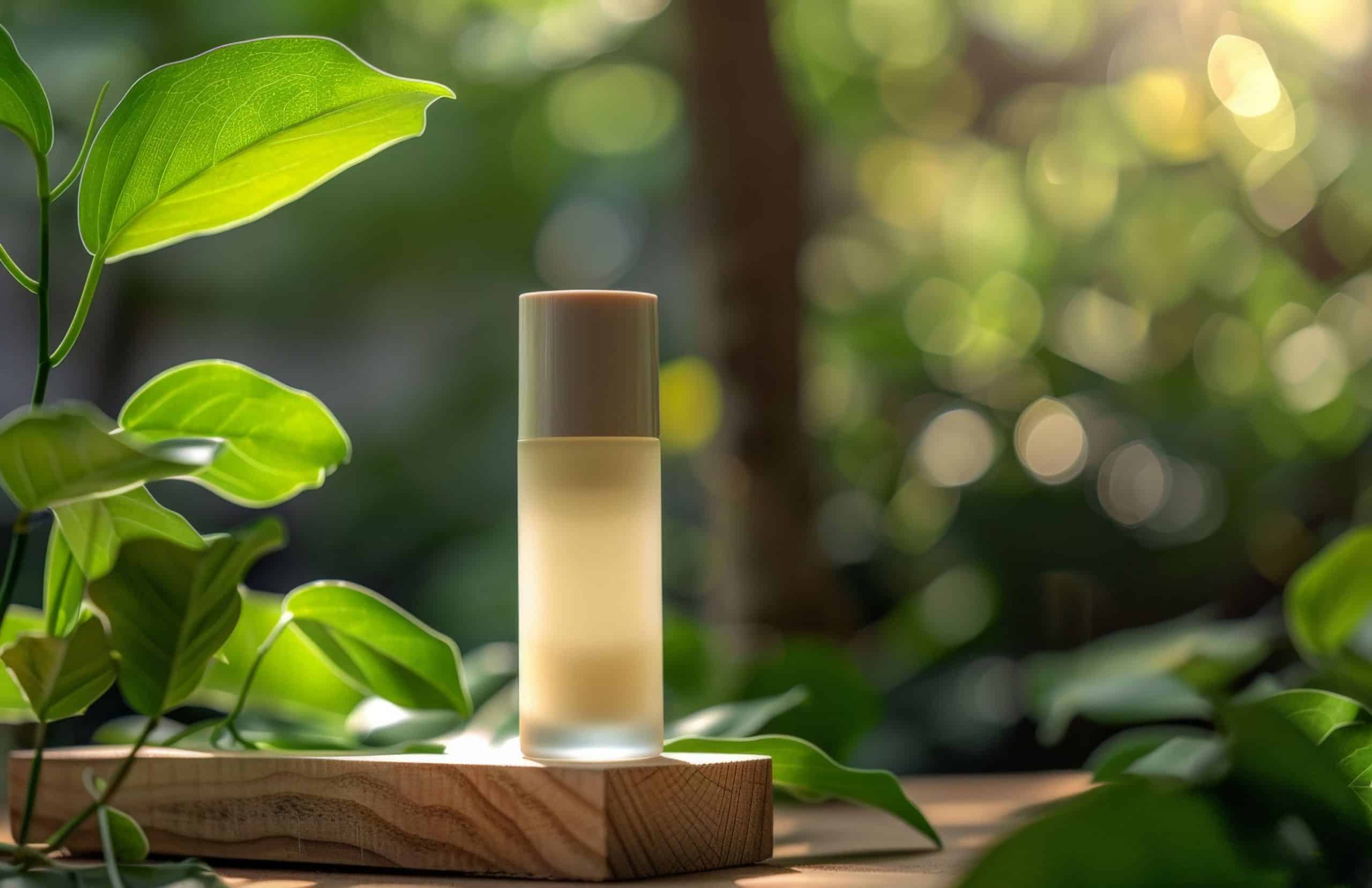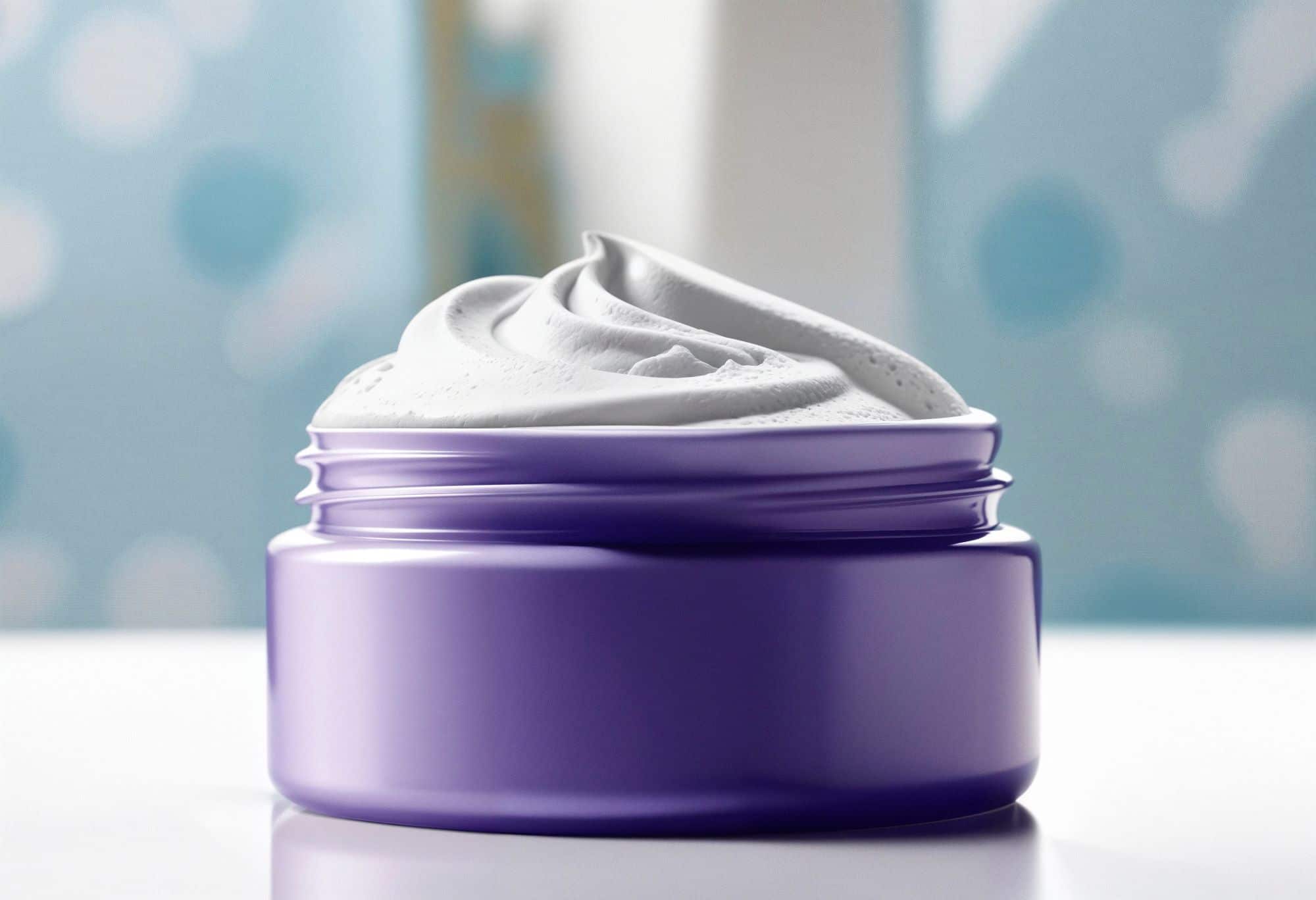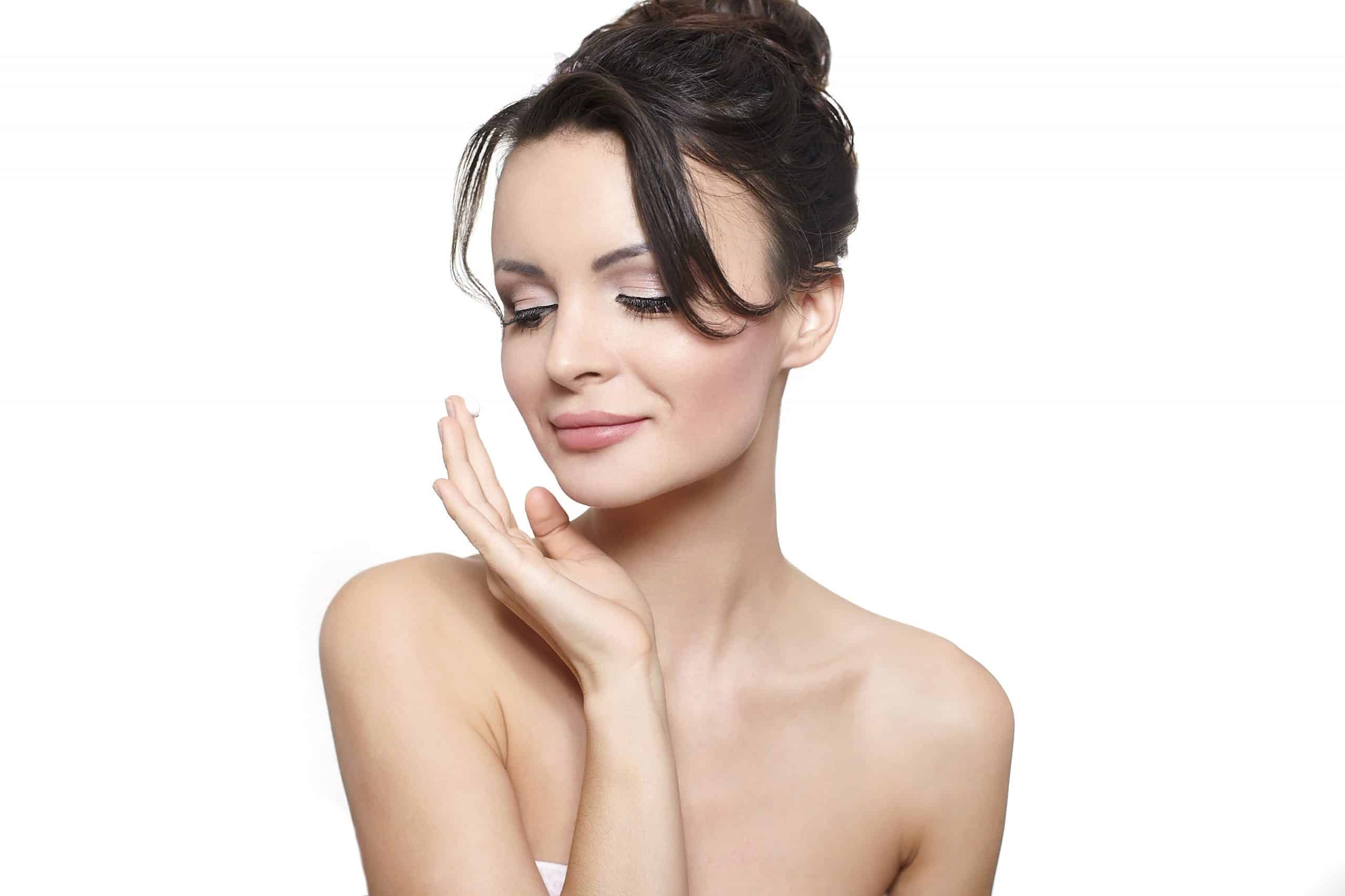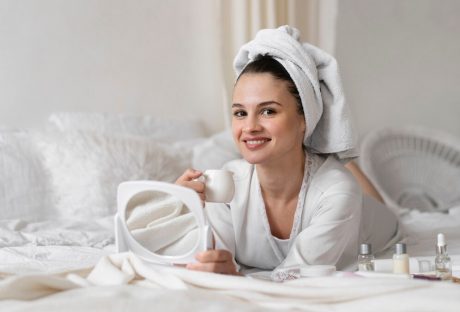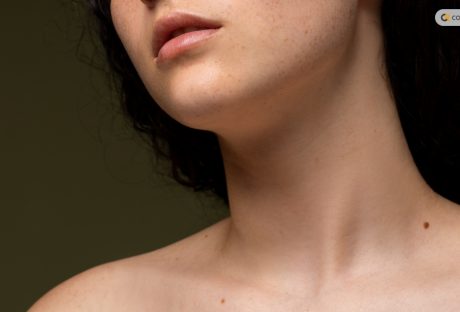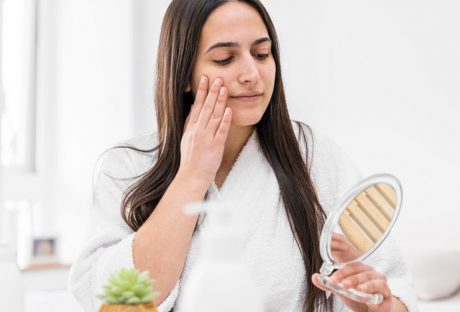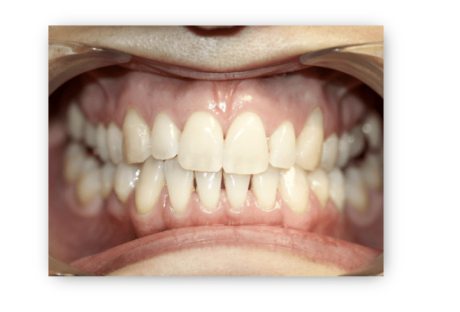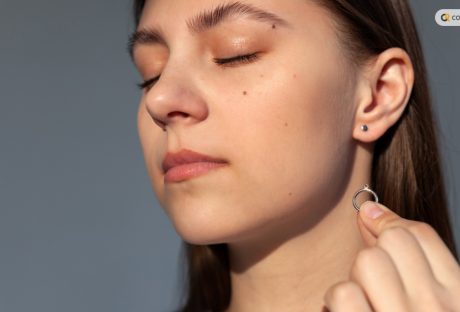We know that moisturizing our skin is very necessary. It helps to keep the skin healthy and radiant. However, there are many different moisturizers available on the market. So, choosing the one often makes you feel overwhelmed.
The night and day moisturisers are formulated differently. Each type has its purpose to serve.
So, I know you often feel confused about which one to choose or why using different moisturizers at different times of the day is necessary.
Thus, it is essential to understand their different purposes and their optimal results to maintain healthy and radiant skin.
The Role Of Day Moisturisers
The formulation of a day moisturizer aims to provide better hydration to your skin. It also provides a shield from the daily environmental aggressors.
The day moisturizers generally contain SPF, which protects your skin from UV rays. Your bare skin is exposed to UV rays, which can cause massive damage to your skin. These UV rays can cause premature aging, and they can also increase the risk of skin cancer.
Additionally, the day moisturizers are very lightweight. Its quick absorption nature ensures that your skin feels comfortable all day long. It blends into your skin so seamlessly that you can quickly wear your choice of makeup without any issues.
Other than SPF components, your day moisturizer also contains powerful antioxidants such as Vitamin C and Vitamin E. These antioxidants help neutralize all kinds of free radicals generated from sunlight and pollution.
Moreover, these antioxidants also prevent oxidative stress and damage to your skin.
For example, a day moisturizer doesn’t only limit itself to hydrating your skin. It also helps to create a barrier on your skin, making it strong and resilient against all kinds of daily stressors.
This dual action is necessary to provide youth with a better complexion and prevent all the early signs of aging.
The Role Of Night Moisturisers
Nighttime is when your skin goes into repair mode. During sleep, the blood flow in your skin increases, and it starts to rebuild its collagen while repairing the damage from UV exposure. It also helps in reducing wrinkles and age spots.
Night moisturizers are specifically designed to support this natural repair process.
These moisturizers are more expensive and thicker than the daytime moisturizers. Moreover, these also provide deep hydration that helps to rejuvenate your skin overnight.
They often contain three active ingredients, such as
- Retinol,
- Peptides, and
- Hyaluronic acid.
Retinol helps in cell turnover and collagen production; peptides strengthen the skin. On the other hand, hyaluronic acid draws moisture into the skin, ensuring you wake up with a plump and rejuvenated complexion.
Unlike day moisturizers, night creams do not contain SPF – this absence allows them to focus on repair and hydration without sun protection.
The lack of SPF also means these products can deliver higher concentrations of active ingredients that might make the skin more sensitive to sunlight.
Day And Night Moisturizer-Why It Matters
Using the proper moisturizer at the right time is critical to maintaining healthy, balanced skin.
A day moisturizer protects and prepares your skin for environmental challenges, while a night moisturizer aids in its natural repair processes.
Neglecting to use these specialized products can lead to imbalances such as dryness, premature aging, and increased sensitivity to environmental damage.
Moreover, properly using these moisturizers can enhance the effectiveness of other skincare products.
For example, using a night cream with retinol will prepare your skin to better absorb the benefits of your morning Vitamin C serum, creating a synergistic effect that boosts your overall skincare routine.
Incorporating day and night moisturizers into your skincare regimen is essential for achieving and maintaining optimal skin health.
By understanding and utilizing the distinct benefits of each, you can protect your skin during the day and support its natural repair processes at night.
For those looking to elevate their skincare routine with high-quality products, consider exploring options from Solskin Beauty Labs – this range of expertly formulated day and night moisturizers can help you achieve radiant, healthy skin around the clock.
Invest in your skin today and let the combined power of day and night moisturizer work their magic… your skin will thank you for it!
The Facts That You Should Know
The concept of daytime moisturizer and nighttime moisturizer isn’t just some kind of gimmick. They contain different skincare products that can cause you different benefits. The day creams mainly focus on the following:
- Brightening your skin complexion,
- Maintaining the proper hydration of your skin,
- Protecting your skin from sunlight and other environmental damage.
On the other hand, nighttime creams are thicker in kind. They specifically help to:
- Deliver more hydration to your skin,
- Reduce all kinds of damage,
- Soothes irritation if you are experiencing any.
But how to understand which facial cream will suit you well? In that case, you have to understand your skin type. You can also consult with a dermatologist to understand your skin type.
The general rule is that you must choose creams that are noncomedogenic in nature. But, if you have sensitive skin then you must select your cream carefully.
It is good to add these products to your skincare habits when you are in your mid to late 20s. That way, you get the full benefit of the antiaging properties, and your face will look much younger.
Wrapping It Up!
So, the question is, do you need two different types of creams in your skincare routine? It is unnecessary, but again, it comes down to your preferences and necessities.
Firstly, you will have to learn what exactly your skin wants. What are your skin concerns? And how tight are you on your budget?
Perhaps your skin is delicate when you apply the same cream twice daily. Once you understand that, deciding whether you need two different creams at different times becomes straightforward!
As you get older, you tend to deal with more skin issues. Your skin can thrive with different ingredients, from the other ingredients of day and night moisturizer.
Ultimately, it is all about meeting your skin needs without compromising your skin’s radiance and better health.
Read Also:














